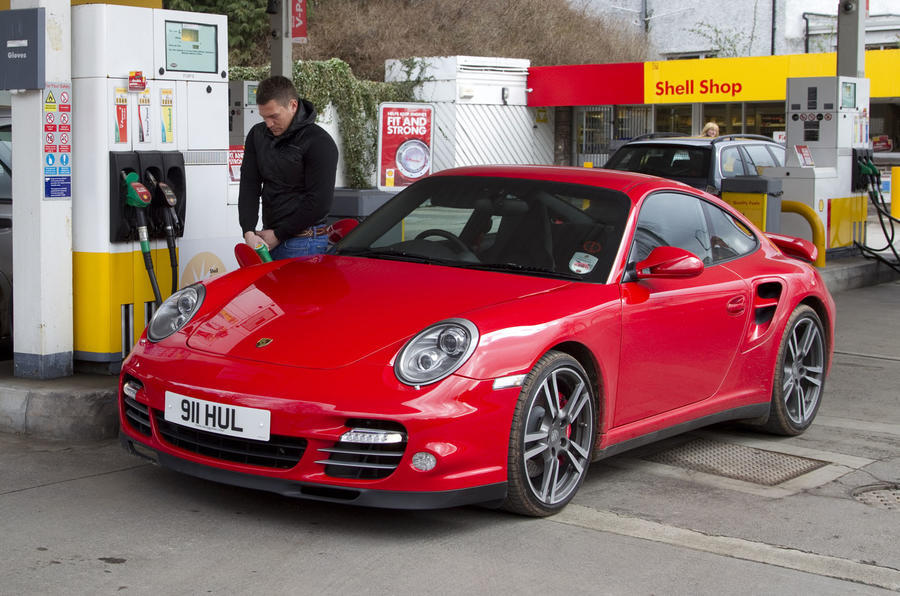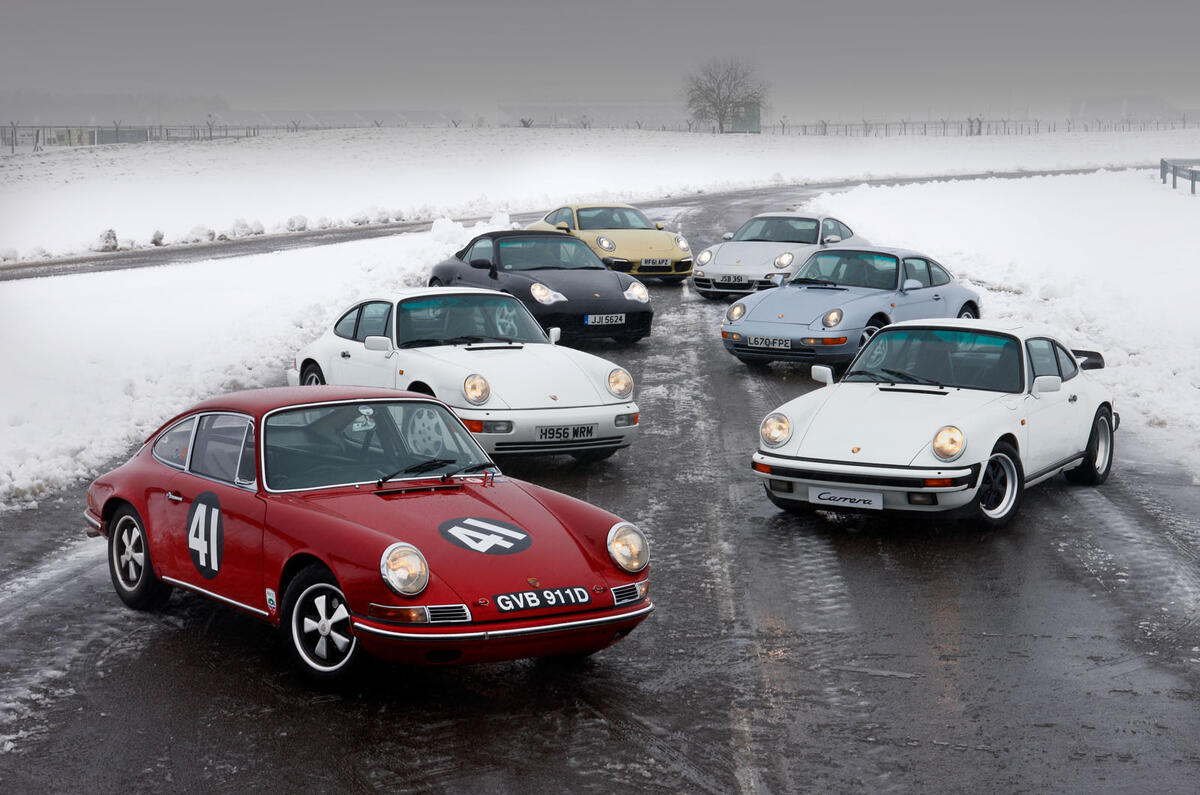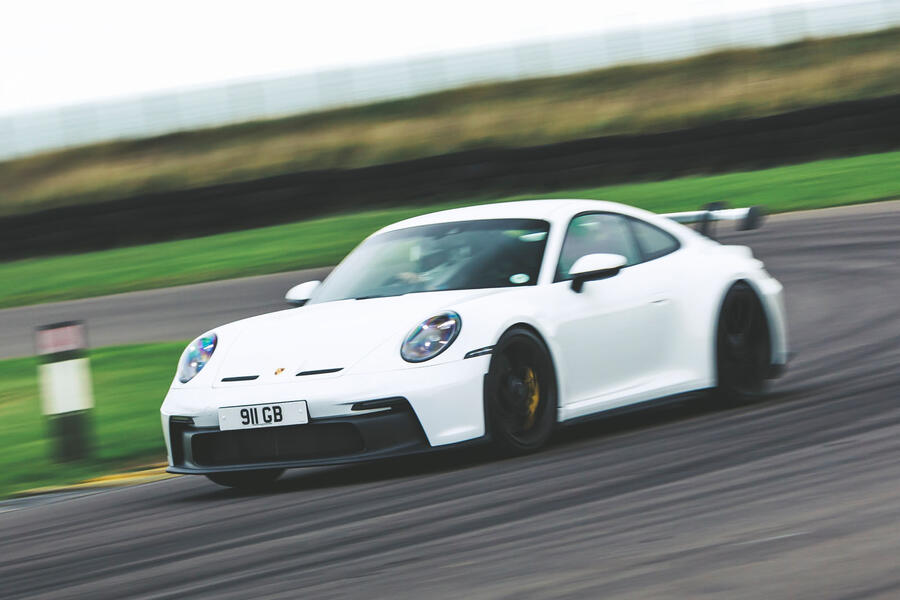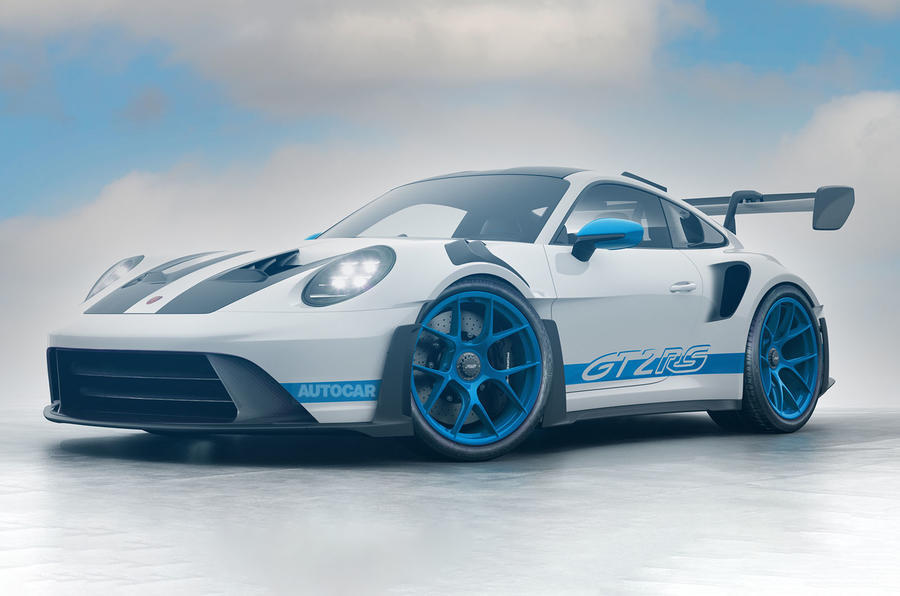Germany’s successful bid to redraft the European Union’s 2035 ICE ban exempt cars running on synthetic e-fuels can be linked back to Porsche’s iconic sports car. How strong is that link?
Let’s examine the evidence. Germany’s push to reopen what was considered an airtight agreement to ban the sale of all new ICE cars by 2035 was driven by the head of the FDP ruling coalition party, Christian Lindner, who is also Germany’s finance minister.
Lindner, the owner of a classic Porsche 911 SC, was reportedly in contact with Porsche CEO (and now also Volkswagen Group CEO) Oliver Blume last year via texts and phone calls in a bid to put e-fuels at the heart of government agenda, according to the German media.
The Die Anstall satirical TV show last July reported Blume as telling an internal company meeting that: "We have played a large role in having e-fuels included in the coalition agreement”. Blume subsequently told the Bild am Sonntag newspaper that he "chose the wrong words".
Whatever the nature of the contact, Porsche has been the most enthusiastic supporter of e-fuels among all car makers. The Volkswagen Group company has invested $75 million (£61.2m) in Chilean firm Highly Innovative Fuels (HIF), which started e-fuel production last year.
The fuel is a direct drop-in for petrol but is made using captured CO2, and it can be regarded as CO2-neutral if made using electricity from renewable sources.

Porsche has been careful in public statements to emphasise that the fuel will help decarbonise the existing ICE car parc, rather than extend production of ICE models.
However, being allowed to use e-fuels would create the opportunity to extend the life of the ICE Porsche 911. And that would be very welcome indeed to Porsche.








Add your comment